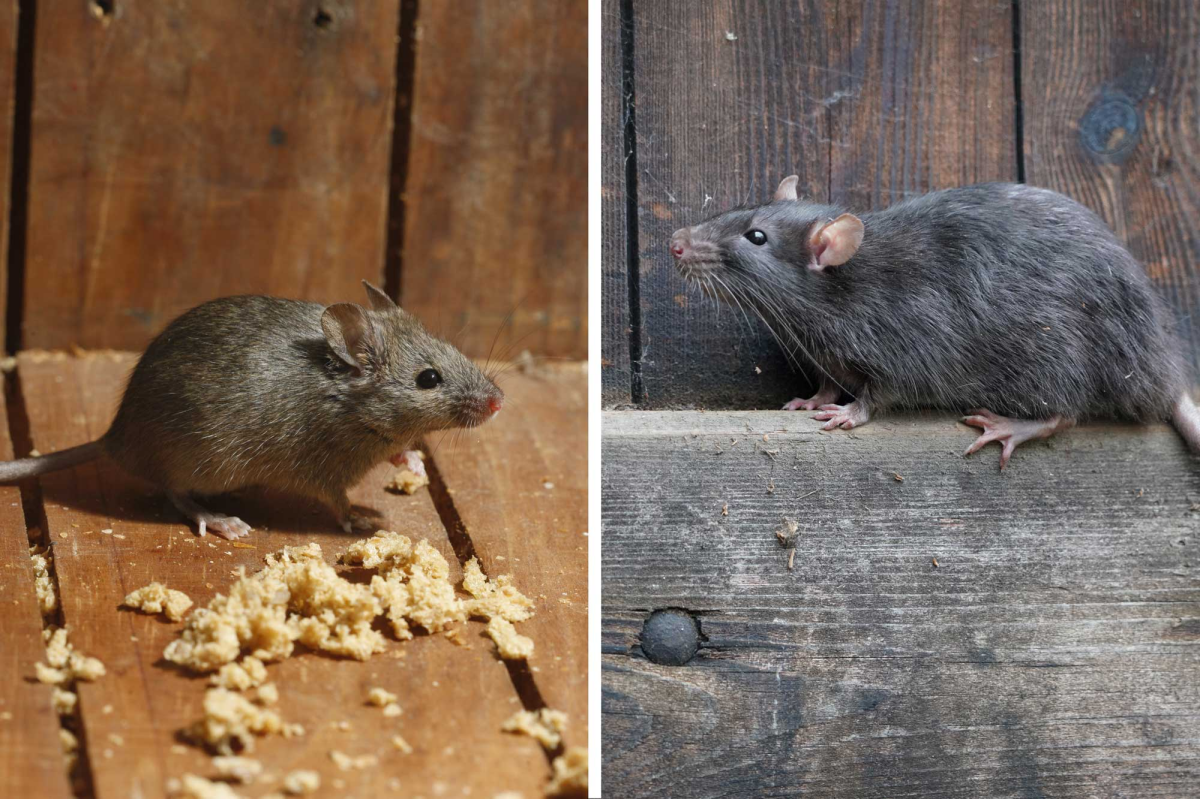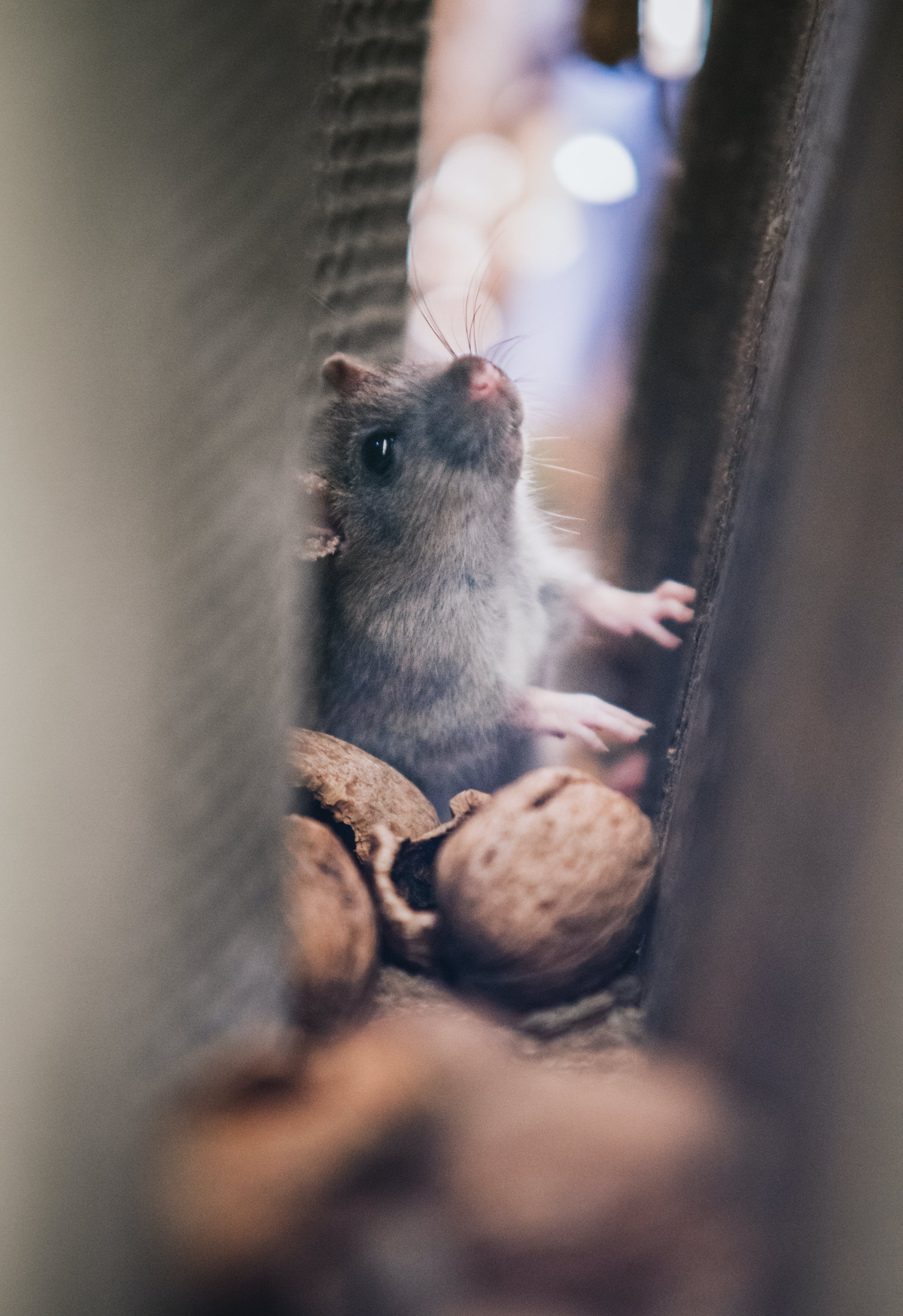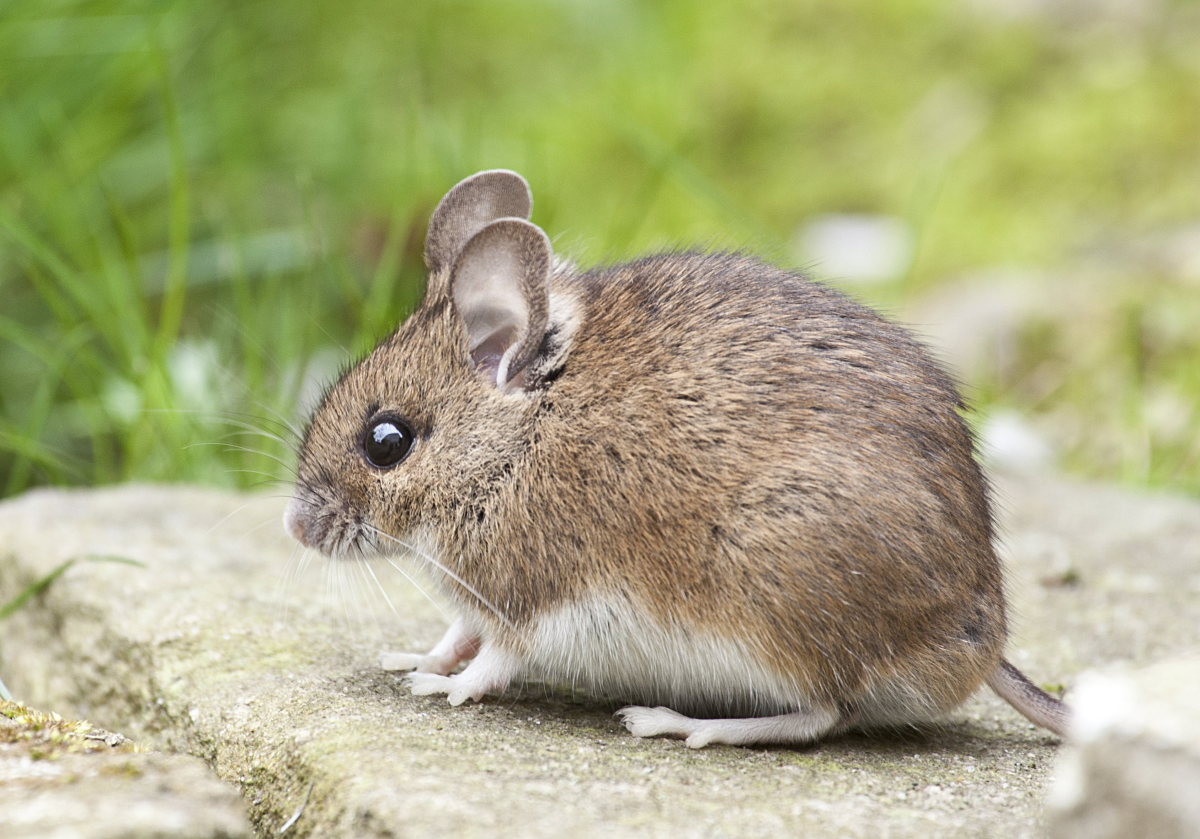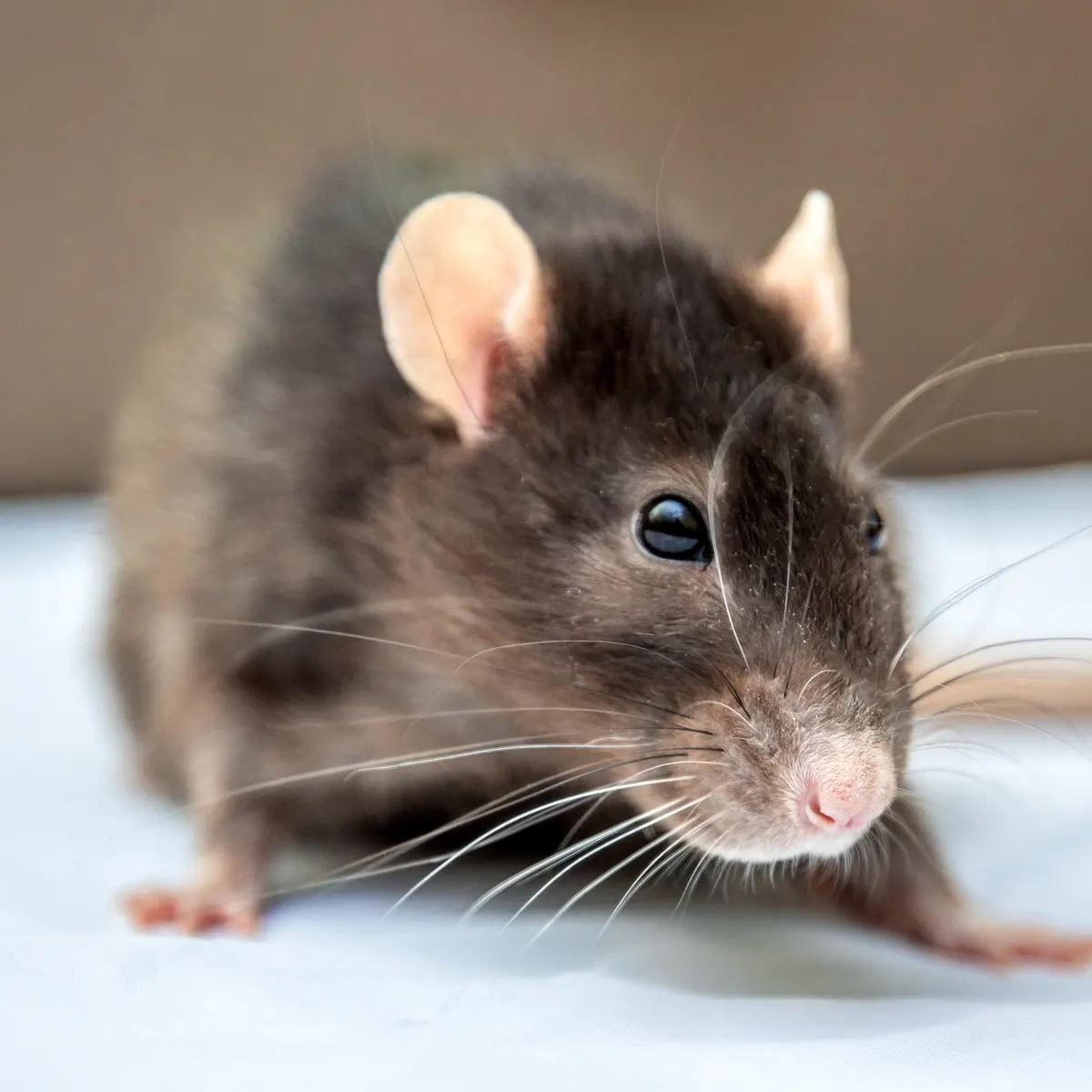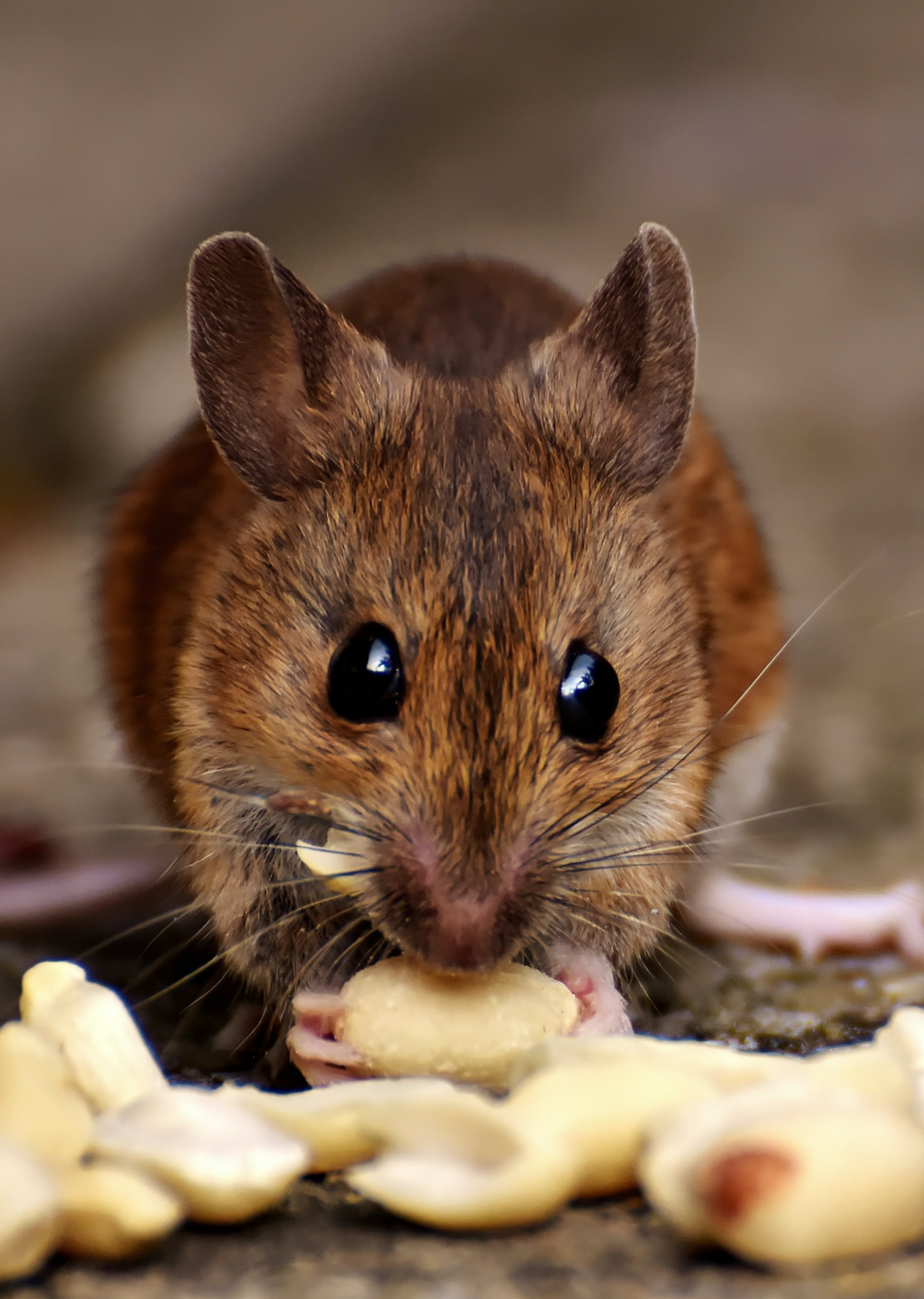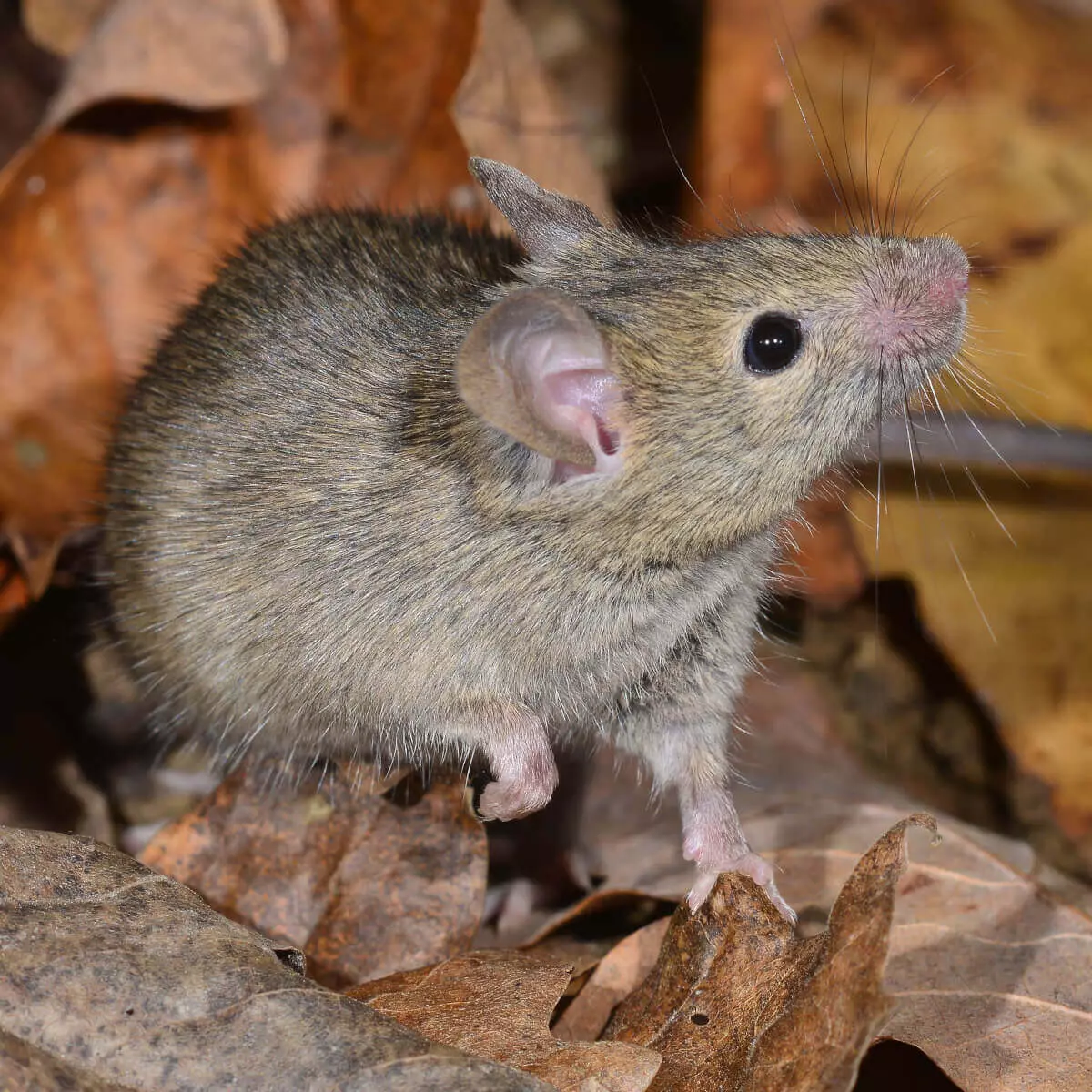Easily Identify Your Critter: Mouse Vs Rat
Embark on a captivating journey into the world of rodents. A realm where the subtle yet significant differences between mice and rats come to light. Our comprehensive guide will help you differentiate these pesky creatures. We will delve into everything you need to know about them. From their unique characteristics to their particular behaviors. Understanding the distinctions between mice and rats is not only crucial for effective pest control but also enriches one’s appreciation for the diversity and complexity of the rodent family. This knowledge is invaluable, whether you’re a homeowner seeking to address a rodent issue, a nature enthusiast keen on wildlife, or simply someone curious about the intriguing world of these common yet fascinating critters. So, join us as we explore the intricate details between mouse vs rat. It’s time to enhance your understanding and perhaps even alter your perspective on these ubiquitous animals.
Let’s settle the mouse vs rat debate once and for all
In this article
Mouse vs Rat
Physical appearance
In the rodent world, size significantly differentiates mice from rats. Mice are small, typically measuring 3 to 4 inches in body length, with delicate features like small rounded ears and fine fur, giving them a less imposing presence. They have thin, furry tails almost as long as their bodies, aiding in balance and navigation. Conversely, rats are larger, often reaching 9 to 11 inches in body length, with a robust build and coarser fur, usually in shades of brown and gray. Their thicker, almost hairless tails are vital for balance and thermoregulation. These physical traits reflect each species’ survival strategies. Mice’s small size and agility make them excellent at sneaking into spaces and evading predators, while rats’ sturdy build suits a life of burrowing and swimming. Understanding these distinctions provides insight into their different lifestyles and ecological roles.
Size significantly differentiates mice from rats
Behavioral traits
At nightfall, the distinct nocturnal behaviors of mice and rats come to the forefront. Mice lead solitary lives, engaging in stealthy activities like quiet foraging, territory exploration, and nest tending. Their subtle approach helps them evade predators and remain largely unseen. In contrast, rats exhibit social and complex behaviors after dark. They often live in groups, sharing resources and shelter, which is vital for their survival. This social structure enables them to coordinate activities effectively, from collective foraging to communal nest building. These differences in nocturnal habits between mice and rats highlight their unique survival strategies. The mouse’s preference for solitude and the rat’s reliance on community and collaboration. Understanding these behaviors sheds light on the adaptability and diversity within the rodent family.
The differences in nocturnal habits between mice and rats highlight their unique survival strategies
Habitat and nesting
Understanding the nesting habits of mice and rats is key to managing their presence near human dwellings. Mice excel in creating hidden nests inside structures, often in undisturbed areas like wall cavities, attics, or secluded corners, using materials like fabric and paper for comfort. Conversely, rats are more adaptable, nesting both outdoors in burrows and indoors in places like basements or garages, closer to human activities. This adaptability makes rats a particularly challenging pest. Recognizing these nesting patterns is crucial for effective rodent control. Homeowners can deter infestations by identifying and modifying potential nesting sites, making them less accessible or attractive to these rodents. Such proactive measures are vital in controlling rodent populations and reducing their impact on human habitats.
Understanding the nesting habits of mice vs rats is crucial in managing their presence
Dietary habits
The dietary habits of mice and rats reflect their adaptability and survival strategies in diverse environments. Mice, smaller in size, primarily consume grains and seeds, capitalizing on the carbohydrates and nutrients these foods offer. Their diet is versatile, often including fruits, vegetables, and occasionally small insects, subject to their availability. Rats, known as opportunistic feeders, have a broader diet encompassing grains, meat, fruits, and nuts. This dietary diversity enables rats to thrive in various environments, particularly in urban areas where human food waste is plentiful. Their feeding habits not only influence their behavior and survival but also affect their interactions with human habitats. Understanding the diets of these rodents is crucial for effective control and prevention, as it helps in identifying and eliminating their food sources, thereby reducing their presence in human environments.
The dietary habits of mice and rats are as varied as their habitats
Breeding habits
Mice and rats are formidable pests partly due to their rapid breeding habits, especially in residential and urban settings. Female mice can astonishingly give birth to five to six young up to ten times a year, leading to exponential population growth and potential infestations. Similarly, rats are prolific breeders, with a female rat capable of producing up to five litters annually, each containing up to fourteen offspring. These high reproduction rates create significant challenges in controlling their populations, as they can quickly grow, especially in environments offering abundant food and shelter. Effective rodent control requires an understanding of these breeding patterns, emphasizing the necessity for proactive and consistent measures to manage these quickly multiplying populations. This knowledge is crucial in developing strategies to keep their numbers in check and prevent large-scale infestations.
Mice and rats are known for their rapid breeding habits
FAQs
How to deal with mice and rats?
Effectively managing rodent populations, particularly mice and rats, involves ethical considerations alongside practical efficacy. Humane trapping methods, which capture rodents without causing harm, are central to this approach. These methods typically use live traps that allow for the safe capture and subsequent relocation of the animals to suitable habitats, away from human residences. However, in situations of severe infestation or significant health risks, the expertise of pest control professionals is often necessary. These experts possess the knowledge and tools required to handle rodent problems effectively, adhering to humane and ethical treatment standards. Striking a balance between do-it-yourself methods and professional intervention is crucial. It involves assessing the scale of the infestation and potential health implications, ensuring that the chosen control methods align with both effectiveness and the ethical treatment of the rodents involved.
Humane trapping methods are at the forefront of ethical rodent control
Why are rats and mice dangerous?
Mice and rats living near human habitats present significant health risks. They are known carriers of diseases like Hantavirus, Leptospirosis, and Salmonellosis, which can be transmitted to humans through contact with their droppings, urine, or saliva. Beyond disease transmission, these rodents can cause structural damage to homes through their gnawing habits. They pose fire hazards by chewing on electrical wires, leading to short circuits and potential fires. Effective rodent management is critical in mitigating these health and safety risks. Key preventive strategies include maintaining cleanliness to discourage rodent attraction, sealing potential entry points to prevent access, and storing food properly to eliminate food sources. Implementing these measures helps in reducing the likelihood of infestations, thereby safeguarding homes against the health risks and physical damages associated with these rodents.
The presence of mice and rats in close proximity to humans poses several health risks
How do I know if I have a mouse vs rat infestation?
Early detection of a mouse or rat infestation is crucial for preventing it from becoming a widespread and challenging problem. Common indicators of such an infestation include the presence of droppings, gnaw marks on furniture or food containers, and distinct sounds of scurrying or scratching, particularly during the night. Additionally, foul odors from rodent urine or nests and visible tracks or tail marks in dusty areas can serve as signs of their presence. Recognizing these signs promptly allows homeowners to take the necessary steps for intervention, reducing the risk of property damage and health hazards associated with a growing rodent population. By being aware of these early warning signs and understanding their implications, individuals can address the issue effectively and ensure a safer and healthier living environment.
Early detection of a mouse or rat infestation is key to preventing it from becoming a problem
As we conclude this journey into the world of mouse vs rat. You’re now well-equipped to differentiate between these two types of rodents and understand their unique characteristics and behaviors. This newfound knowledge is more than just practical. It’s a step towards embracing rodent awareness and recognizing the important role these creatures play in our ecosystems. By understanding their habits, needs, and behaviors, we can manage our interactions with them more effectively and humanely. This guide has provided you with the tools and insights to handle future rodent encounters confidently, whether in your home or in the wild. Remember, effective management starts with awareness and understanding.
You’re now well-equipped to differentiate between mouse vs rat
